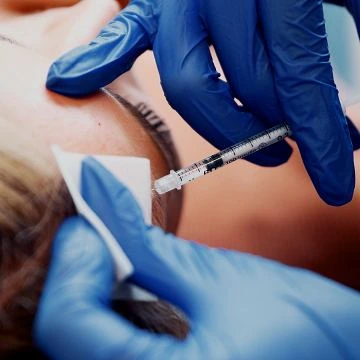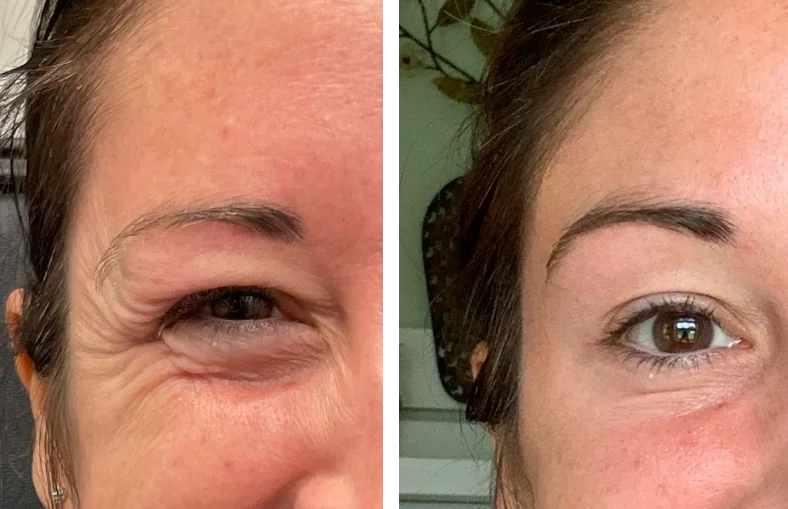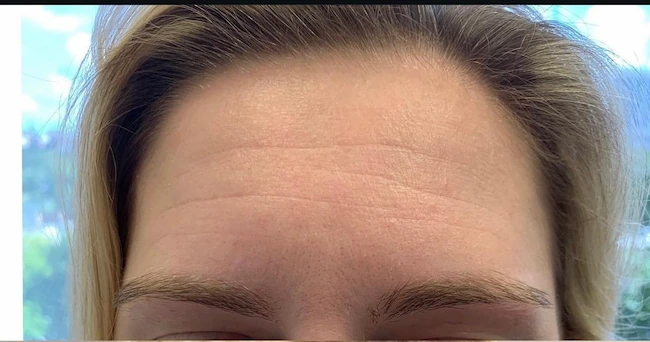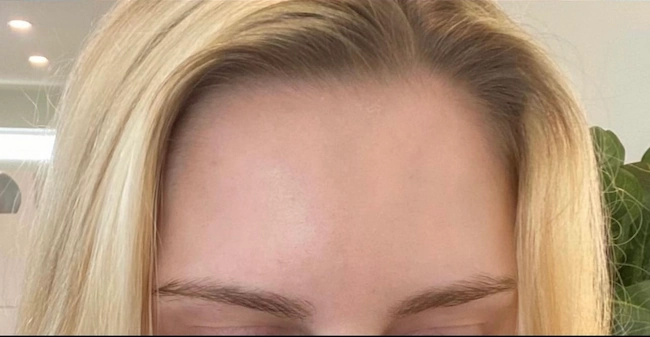
When it comes to treating wrinkles and crow’s feet, two of the most popular options are Botox and Dysport. Both are FDA-approved neuromodulators that temporarily reduce muscle activity, helping to smooth out fine lines and wrinkles. But while they are equally effective for smoothing the
Trusted Source
Botulinum Toxin in Aesthetic Medicine: Myths and Realities
Dermatologic Surgery
Go to Source
skin,
each has unique characteristics that could make one a better choice for your needs. Here’s a quick comparison to help you decide.
Botox: The Gold Standard
Botox has long been known as the go-to treatment for reducing the appearance of fine lines and wrinkles. It works by blocking the nerve signals to the muscles responsible for repetitive facial expressions, allowing these muscles to relax and the overlying skin to smooth out. It’s especially effective on crow’s feet, forehead, and frown lines between the eyebrows.
Pros of Botox:
- Precision Control: Botox is often preferred for smaller areas due to its targeted action and precise control.
- Versatility: Besides aesthetic treatments, Botox is widely used for medical conditions like migraines and excessive
Trusted Source Botox (Botulinum Toxin) Cleveland Clinic Go to Source sweating.
- Longevity: Results typically last 3 to 4 months, balancing effectiveness and maintenance.
Botox is Best For: Those looking for a tried-and-true solution for treating specific, smaller areas or who may also benefit from Botox’s other medical applications.

Dysport: Quick-Acting and Natural-Looking
Dysport, another well-established neuromodulator, is known for spreading more easily across larger areas, offering a more natural look for some patients. With a slightly faster onset, Dysport is often chosen by those looking to see
Trusted Source
Efficacy of Onabotulinum Toxin A (Botox) versus Abobotulinum Toxin A (Dysport) Using a Conversion Factor (1 : 2
Dermatology Research & Practice
Go to Source
results sooner.
Pros of Dysport:
- Quicker Onset: Many patients notice Dysport working within 2 to 3 days, as opposed to 3 to 5 days with Botox.
- Smoother Coverage: Dysport spreads more easily, making it ideal for treating larger areas like the forehead, where a smooth look is key.
- Subtle Softening: Dysport’s diffusive effect can result in a more natural look, especially for patients new to neuromodulators.
Dysport is Best For: Individuals looking for a natural, softer appearance over larger treatment areas or who are eager to see quicker results.
Additionally, if you’ve noticed that Botox no longer provides the same results due to your body developing antibodies that neutralize its
Trusted Source
Emerging Trends in Botulinum Neurotoxin A Resistance: An International Multidisciplinary Review and Consensus
Plastic & Reconstructive Surgery Journal
Go to Source
proteins,
Dysport may be an ideal alternative. Unlike Botox, Dysport has fewer proteins that can trigger an immune response, making it less likely to be inactivated by antibodies. As a result, Dysport can bypass the body’s immune reaction and maintain its effectiveness without interference. For patients who have developed resistance to Botox, Dysport offers a promising option to achieve the smooth, wrinkle-free look they desire without the limitations posed by antibody development.


Which is Right for You?
Ultimately, the choice between Botox and Dysport depends on your needs and goals, how quickly you want to see results, and your preference for a more targeted versus softer treatment effect. If you’re unsure, our team at myEvergreen MedSpa is here to help. We’ll work with you to determine the best option, considering factors like your facial anatomy and lifestyle.
Contact us today to schedule a consultation with us in The Woodlands, TX and Memorial, TX, and let us guide you to the best solution for a smoother, more refreshed look!
Sources
1 Dermatologic Surgery. Botulinum Toxin in Aesthetic Medicine: Myths and Realities. https://pmc.ncbi.nlm.nih.gov/articles/PMC5821482/. Accessed November 8, 2024.
2 Cleveland Clinic. Botox (Botulinum Toxin). https://my.clevelandclinic.org/health/treatments/8312-botulinum-toxin-injections. Accessed November 8, 2024.
3 Dermatology Research & Practice. Efficacy of Onabotulinum Toxin A (Botox) versus Abobotulinum Toxin A (Dysport) Using a Conversion Factor (1 : 2.5) in Treatment of Primary Palmar Hyperhidrosis. https://pmc.ncbi.nlm.nih.gov/articles/PMC3819791/. Accessed November 8, 2024.
4 Plastic & Reconstructive Surgery Journal. Emerging Trends in Botulinum Neurotoxin A Resistance: An International Multidisciplinary Review and Consensus. https://pmc.ncbi.nlm.nih.gov/articles/PMC9208887/v. Accessed November 6, 2024.